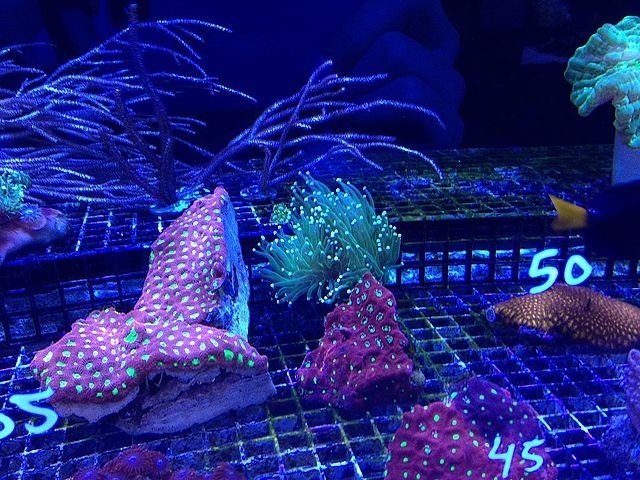Researchers have measured the dynamics of coral reef growth in the central Red Sea, establishing a baseline that can be used to evaluate how the reefs are affected by climate change or events, such as the global bleaching event of 2015-2016.
To get a complete picture of reef growth, the team measured the accretion and erosion of carbonates and estimated the ecosystem carbonate budget at various distances from the shore. The analysis showed net erosion at the nearshore site, a balance between erosion and accretion at the midshore site, and significant reef accretion offshore.
The KAUST research team of two Ph.D. students and two postdocs also analyzed biotic and abiotic factors at the sites, enabling them to investigate processes contributing to the growth patterns. For example, the abundance of parrotfish near the shore was associated with a lower carbonate budget, while greater coral and coralline algae abundance at the offshore site drove greater calcification. Abiotic conditions at the nearshore site were both more extreme and more variable. “These are both challenging factors for reef organisms, in particular for reef builders,” explains lead author, Anna Roik, formerly at KAUST, but now in GEOMAR Helmholtz Centre for Ocean Research in Germany.
In keeping with recent reef growth estimates elsewhere, the Red Sea rates are lower than rates measured 20 years ago, which at the time were proposed as a standard for a healthy reef.
“The loss of the coral reef ecosystem translates into the loss of ecosystem services to coastal populations, including income from fisheries and tourism or protection from storms and flooding,” says Roik. “The loss of the extraordinary biodiversity of coral reefs is a result of loss of the coral-reef framework. It also means that we are losing undiscovered and undescribed species, as well as yet undiscovered biologically active chemical compounds that could have medical or scientific applications and promote future technological progress.”
Reference (free):
Roik, A., Röthig, T., Pogoreutz, C. & Saderne, V & Voolstra, C. R. Coral reef carbonate budgets and ecological drivers in the central Red Sea – a naturally high temperature and high total alkalinity environment. Biogeosciences 15, 6277-6296 (2018). https://www.biogeosciences.net/15/6277/2018/
Source: KAUST
Stay Always Informed
Join our communities to instantly receive the most important news, reports, and analysis from the aquaculture industry.
Editor at the digital magazine AquaHoy. He holds a degree in Aquaculture Biology from the National University of Santa (UNS) and a Master’s degree in Science and Innovation Management from the Polytechnic University of Valencia, with postgraduate diplomas in Business Innovation and Innovation Management. He possesses extensive experience in the aquaculture and fisheries sector, having led the Fisheries Innovation Unit of the National Program for Innovation in Fisheries and Aquaculture (PNIPA). He has served as a senior consultant in technology watch, an innovation project formulator and advisor, and a lecturer at UNS. He is a member of the Peruvian College of Biologists and was recognized by the World Aquaculture Society (WAS) in 2016 for his contribution to aquaculture.




